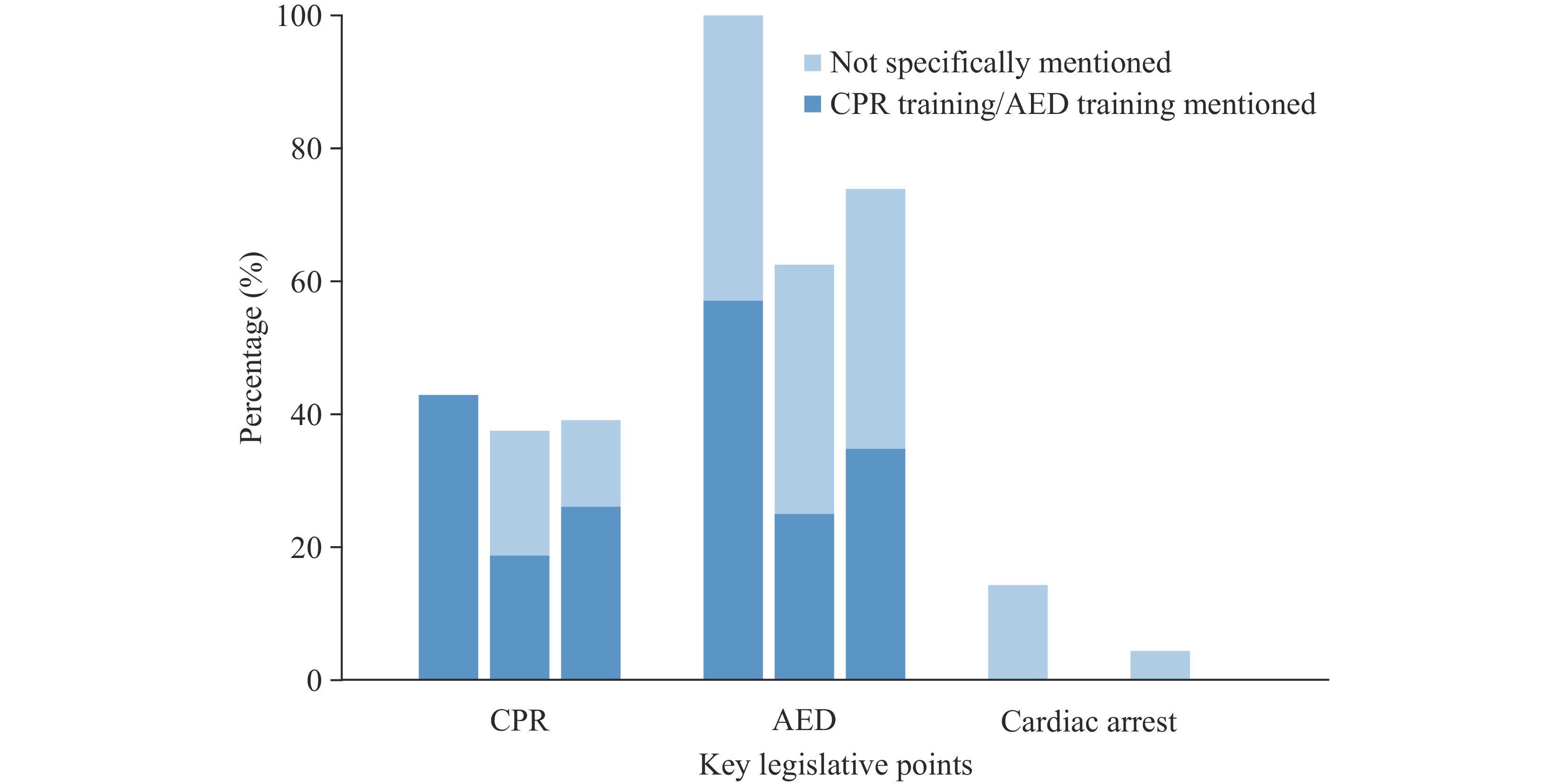2025 Vol. 7, No. 21
China faces the dual challenge of population aging and rising disability rates, creating an “aging-disability overlap” that places unprecedented pressure on the nation’s healthcare system. This paper analyzes the complex mechanisms underlying the intersection of aging and disability, revealing that chronic and degenerative diseases are primary contributors to disability among older adults, with disability rates significantly increasing with age and comorbidities. Despite China’s implementation of long-term care insurance pilot programs and community-based elderly care services, multiple challenges persist: insufficient financing sustainability, inconsistent assessment standards, regional development imbalances, professional talent shortages, and social-cultural prejudices. In response, this paper proposes a comprehensive strategy framework aligned with “Healthy China 2030”’s goals of strengthening disability prevention and early intervention mechanisms; enhancing long-term care services with diversified security systems; fostering professional talent development in geriatric and rehabilitation medicine; promoting research and application of intelligent assistive technologies; and creating barrier-free communities within an inclusive social environment. Through these coordinated approaches, we aim to improve the quality of life for older adults with disabilities and facilitate dignified and high-quality healthy aging.
As a one-item survey instrument, the global activity limitation indicator (GALI) is simpler and easier to measure disability than traditional instruments. The reliability of GALI has been proven in different regions, though it is affected by cultural differences.
This study systematically evaluates the applicability of GALI in China using a nationally representative survey. GALI demonstrates a high response rate and is significantly associated with traditional disability instruments, illness, and depression. At the county level, GALI is positively associated with mortality, while negatively associated with the number of physicians per thousand residents.
GALI could serve as a reliable measure of disability for the population of the Chinese mainland. The results suggest that a higher number of physicians per thousand residents is associated with reduced activity limitation. Additional evidence is needed to validate this association.
Previous research has established a connection between medical service utilization, activity participation, and subjective well-being in the general population. However, few studies have investigated the mediating role of economic participation in the relationship between rehabilitation services utilization and subjective relative deprivation (SRD) among persons with disabilities (PWDs).
Rehabilitation services utilization reduces SRD among PWDs [β=−0.532, 95% confidence interval (CI): −0.832, −0.231,P<0.001] via increased economic participation (KHB: β=−0.044, 95% CI: −0.087, −0.001, P<0.05).
To alleviate SRD among PWDs, policymakers should prioritize improving access to rehabilitation services and enhancing economic participation, with particular focus on individuals with mild to moderate disabilities, those with higher education levels, and urban residents. Mental health support should also be provided to prevent psychological issues stemming from SRD.
Depression among older adults represents a critical public health challenge in China. While previous research has documented spatial heterogeneity in the prevalence of depressive symptoms among elderly populations across China, the comprehensive spatiotemporal patterns remain inadequately characterized.
This study provides the first comprehensive city-level analysis of elderly depressive symptom prevalence in China from 2013 to 2020. The findings reveal a substantial increase in average prevalence from 30.27% [95% confidence interval (CI): 24.53%, 36.02%] in 2013 to 37.79% (95% CI: 31.01%, 44.56%) in 2020. Higher prevalence rates were consistently observed in cities across Southwest, Northwest, and Central China, though without significant spatial clustering patterns.
Enhanced mental health interventions and preventive strategies targeting elderly populations are particularly warranted in China’s western and central regions, where the burden of depressive symptoms is highest.
Public-access cardiopulmonary resuscitation (CPR) ranks first in the “Prevention and Control of Major Diseases” section of the Healthy China 2030 Initiative. However, Chinese patients who have experienced out-of-hospital cardiac arrest (OHCA) are reported to have a survival rate at discharge of only 0.35%. This study explored the necessity of CPR legislation in China by comparing CPR-related legislation among four major global economies: the USA, China, Germany, and Japan. We searched for national, provincial, and major urban regulations in China and analyzed indicators related to public-access CPR. All four countries have laws supporting life-saving out-of-hospital interventions. However, unlike the other three countries, no national laws in China mention CPR, defibrillators, or cardiac arrest. China has only 23 local regulations across 67 provincial regions or major cities and no national regulations on pre-hospital emergency care. Among these 23 existing regulations, only 4.3% mention cardiac arrest, 39.1% mention CPR, 73.9% mention defibrillators, and none mention telecommunicator CPR. Moreover, 17.4% of these regulations do not include any of the legislative points appearing in the national laws of the three comparator countries. The current legislative status concerning public-access CPR is inconsistent with the position on CPR outlined in the Healthy China 2030 Initiative. We recommend initiating and accelerating a specialized National Public-Access Cardiopulmonary Resuscitation Law for China.



 Subscribe for E-mail Alerts
Subscribe for E-mail Alerts CCDC Weekly RSS Feed
CCDC Weekly RSS Feed


